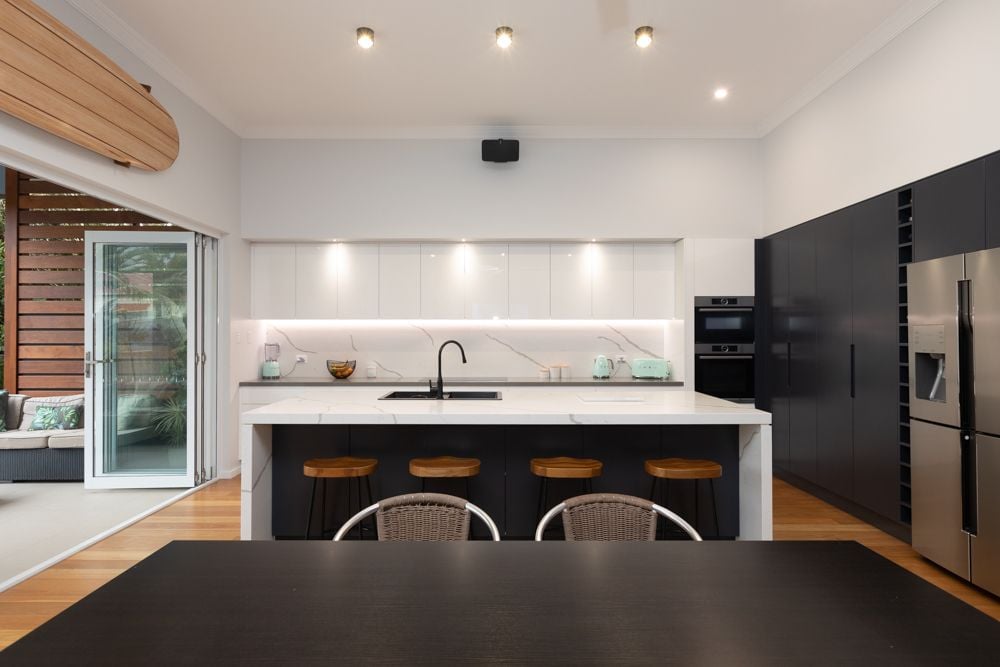Tips on Improving Your Photography Part 2
)
Symmetry
Along the same lines, if you are going for symmetry, make sure you nail it. A few inches in one direction can upset the image's symmetry, and your audience (and you) will know you were going for symmetry and missed. Photography can be a game of millimetres.
Study photographs by other photographers . What do you like? What is your favourite thing to photograph?
What do you dislike? What would you improve? Is it perfect? Why, then, is it perfect? Look. Enjoy. Remember. Soak it in. But, don't forget to go out and make your own images!Read photo books Books and websites have helpful tips (I hope this counts). But, not all are created equal. Find writers who you connect with through their writing and find writers who give good advice.
Learn/Workshops;
The only substitute for learning through reading (or watching videos) is to make images yourself. Take a class. Attend a workshop. Similar to books and websites, these are not all created equal, but, the one thing they should do is immerse you in photography for a night or a weekend, or more. Being immersed in the art and craft is as important as anything else.
Check your settings / know your equipment;
I dont know how often I have been tempted to put the following note on a sticker and affix it to my LCD screen:
Check your ISO, dummy; If I had a dollar for each time I went out in the sunlight with my ISO at 800 or higher after shooting the previous evening where it was dark.
Know what your settings are and how to change them quickly.
Practice will help you become quicker at this, it is like anything else the more you do it the more proficient you will become, and before long it will be second nature.Use your histogram; In digital photography, the histogram is the best way to evaluate your exposure for accuracy. The LCD screen can be misleading. Knowing how to read your histogram might be the difference between thinking you have a great photo and truly having a great photo.
Get closer;
Fill your frame with the subject, if you can. This is one of the most difficult things to do in photography, as we sometimes worry about being invasive to a stranger, or lazily reach for a telephoto lens to "cheat" and pretend we got close. Get closer and see your imagery improve. I appreciate lots of people want full body shots, but getting closer usually makes a better portrait. Remember less is more.
Take Your Time;
There are times when you need to be quick, but there is something to be said for planning and being deliberate.
Put some thought into the shot before you take it.
Wait for elements to come together, if necessary, then take the photograph.
Use a Tripod;
I appreciate it is a cumbersome piece of equipment, but if you choose to use it, you will have to slow down and think more about the image. That is not necessarily a bad thing. You can then have a slow shutter speed, and you will be able to lower your ISO. ie: camera shake will no longer be an issue.
Patience;
Some of the greatest photos taken the photographer has waited for hours to get that photo, especially when it comes to nature, or wildlife. Both work on their own time schedules. I am not saying you have to spend hours waiting for that photograph, but be patient.
| Tags:Improving Photography |

